Deogyusan Resort (무주덕유산리조트(구, 부영덕유산리조트))
8.7Km 32369 2024-04-07
185, Manseon-ro, Seolcheon-myeon, Muju-gun, Jeonbuk-do
+82-63-322-9000
Deogyusan Resort (former Muju Resort) is located in Mt. Deogyusan, and is a representative mountain resort. It blends in beautifully with the scenery of Mt. Deogyusan National Park, and is the perfect place to enjoy winter sports.
Deogyusan Resort is great place to relax all year round, with Alps-style first class hotel and a variety of convenience facilities in its 2,200,000 pyeong area. The resort is especially famous for its ski courses, and many enthusiasts come here during the winter. At Manseonbong Peak (1,215m) skiing grounds, there is a lift that can handle 13,000 people at once, and there are a variety of courses from beginners' to professional levels.
Seolcheon Peak (1,520m) skiing ground where Asian Universiade competition officially opened, has a variety of gondolas and lifts, along
with a hot spring to relax after skiing. The outdoor hot springs with snow-covered mountains is especially famous.
In addition to the aforementioned facilities, you can enjoy tennis, mountain climbing, MTB, and horse riding, and at the theme-based shopping mall, Carnival Street, there are interesting products to see and food to enjoy. You can buy famous brand products from all over the world here cheaply, so look around.
Chiryeongyegok Valley (칠연계곡)
8.8Km 19500 2024-04-07
608, Chiryeon-ro, Muju-gun, Jeonbuk-do
+82-63-323-0577
Chiryeongyegok Valley is situated behind Tongan Village in Anseong-myeon near Deogyusan Mountain. While not as famous as the valley in Gucheon-dong, the valley boasts a beautiful array of waterfalls, oddly shaped rocks, and ponds. The best known attraction is Chiryeonpokpo Falls, meaning “seven falls connected to pools.” There, pure water flows gently, moving from one pool to the next.
Goguryeo Garden (고구려가든)
8.9Km 21544 2024-04-07
68 Manseon 1-ro, Seolcheon-myeon, Muju-gun, Jeonbuk-do
Goguryeo Garden is a Korean restaurant offering grilled meat cuts and Jeollado-style Korean table d'hote. Situated near Muju Resort and ski area, it attracts many visitors seeking a meal after enjoying leisure sports. The signature dish is the saeng deungsim gui (grilled sirloin), perfect for recharging after a sweaty activity. Sanchae jeongsik (wild vegetable dish set menu), featuring dishes such as beef bulgogi, soybean paste jjigae, grilled deodeok, and grilled yellow croaker, is also highly popular.
Sigoljip Garden (시골집가든)
9.0Km 35 2024-04-07
1058, Gucheondong-ro, Muju-gun, Jeonbuk-do
+82-63-322-9676
This is a place where you can enjoy Neungi Dak Baeksuk, which is good for the health, and Dakbokkeumtang (spicy braised chicken) with spicy Ripe Kimchi. This restaurant's signature menu is whole local Korean vhicken doup with dhingled hedgehog. This Korean dishes restaurant is located in Muju-gun, Jeollabuk-do.
Jungon Head House
9.0Km 803 2021-04-09
13, Gangdong 1-gil, Wicheon-myeon, Geochang-gun, Gyeongsangnam-do
+82-10-2518-4727
Located in Geochang County in Gyeongsangnam-do Province, the Head House of Mr. Jeong On shows a peculiar style of ancient Korean architecture. Since the house is located in a basin surrounded by high mountains, it was built in overlapping style as the typical architectural style in the northern region in order to endure the cold. In addition, the "eyebrow" roof was added as protection from the frequent rain. The house is mainly visited by families on weekends and research organizations on weekdays. Visitors can enjoy various healing and cultural activities in the trekking course of Mt. Geumwonsan and the Suseungdae Amusement Park, which are 1km away. The Anchae is used by the owner family, and the Sarangchae, Jungmunchae, and Daemunchae are used as guest rooms. Groups can rent the entire Sarangchae building.
Geochang Wolseong Space Creative Science Museum (거창월성우주창의과학관)
10.2Km 0 2024-02-23
1312-96 Deogyuwolseong-ro, Buksang-myeon, Geochang-gun, Gyeongsangnam-do
Geochang Wolseong Space Creative Science Museum serves as an interactive science museum, providing opportunities for knowledge acquisition and hands-on experiences related to the universe. The facility is well-equipped for celestial observation, featurig key components like the Astronaut Center, Space Exploration Center, and Celestial Observation Center. Visitors can engage in various experiential programs, including activities such as donning AR space suits, coloring their own universe, and experiencing sensory balance.
Wolseonggyegok Valley (월성계곡)
10.4Km 64041 2024-02-23
Wolseong-ri, Buksang-myeon, Geochang-gun, Gyeongsangnam-do
Wolseonggyegok Valley is formed by the eastward flow of Wolseongcheon Stream, creating a remarkable landscape as the water winds around rocks and cliffs, earning it the nickname Geochang's Sogeumgang. Though narrow, the valley boasts a deep mountain terrain with abundant water flow. At the entrance of the valley, there are notable sites like Gangseondae Overlook, where it is said that immortals descended from heaven to enjoy the scenery, as well as the ancient Moamjeong and Deoksanjeong Pavilions.
Jeoksangsan Mountain (적상산)
15.5Km 22251 2024-04-07
Goemok-ri, Muju-gun, Jeonbuk-do
+82-63-322-4174
As one of the best scenic mountains in Korea, Jeoksangsan Mountain (1,030.6 meters) showcases imposing, steep rock walls. Jeoksangsan, also called Red Skirt Mountain, got its name from the view of red maple trees around cliffs in fall that makes the mountain look like a giant red skirt. The mountain boasts a variety of attractions from Hyangnobong Peak (1,029 meters), Cheonilpokpo Falls, Songdaepokpo Falls, Jangdobawi Rock, Janggunbawi Rock, and Allyeomdae Cliff.
The rugged shape of the mountain was considered ideal for building a fortress. And after Jeoksangsan became a designated site for storing Joseonwangjo Sillok (annals of the Joseon Dynasty), the fortress surrounding it was further rebuilt. The mountain is also home to Anguksa Temple, an ancient temple built in 1227 (during the 3rd year of King Chungryeol’s reign) by Monk Wolin. The mountain can easily be climbed by hiking or by vehicle; there is a paved road stretching over 15 kilometers that leads to the top of the mountain thanks to the construction of Muju Power Plant, letting tourists visit Sanjeong Lake and Anguksa Temple conveniently.
Muju Anguksa Temple (안국사 (무주))
15.7Km 13908 2024-04-07
1050, Sanseong-ro, Muju-gun, Jeonbuk-do
+82-63-322-6162
As the only temple in Jeoksangsan Mountain, Anguksa Temple was built in 1227 (during the 3rd year of King Chungryeol’s reign) by Monk Wolin. A secret historical archives, called Sagak, was built to store Joseonwangjo Sillok (annals of the Joseon dynasty) in 1614 (during the 6th year of King Gwanghaegun’s reign) within the mountain, while Seonukgak was built in 1641 (during the 19th year of King Injo’s reign) to store Seonwonrok (royal genealogical records). The two sites were designated as Jeoksangsan Historical Archives during the Joseon dynasty. Hoguksa Temple was also built at that time to prevent accidents from affecting the archives. The temple, along with the existing Anguksa Temple, was used to house monk soldiers who protected the archives.
Because of the construction of Muju Power Plant, Anguksa Temple was relocated to the Hoguksa Temple site and rebuilt in 1995. Consisting of 15 buildings, the temple is surrounded by Sanjeong Lake. Boasting exquisite fall foliage, the temple can be easily reached by vehicle along a paved road. The nearby attractions include Muju Resort and Muju Gucheondong Valley.
Jeoksangsan National History Archives Site (적상산사고지)
15.9Km 22466 2024-04-07
960, Sanseong-ro, Muju-gun, Jeonbuk-do
+82-1899-8687
During the Imjin War (1592-1598), many of the National Archives in the capital and the surrounding area were burned down. After this, the archives were duplicated and stored in a variety of locations thoughout the county. The National Archives of Jeoksangsan Mountain was founded in 1614, when important national archives were moved from Myohyang Confucian Academy, with others being added in 1641. This national archives site served a very important role throughout over 300 years of Korea’s history, until it was closed by the Japanese during the Japanese occupation.
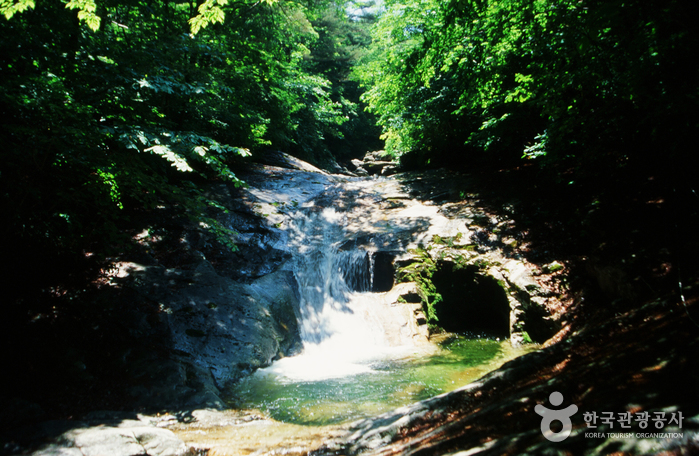

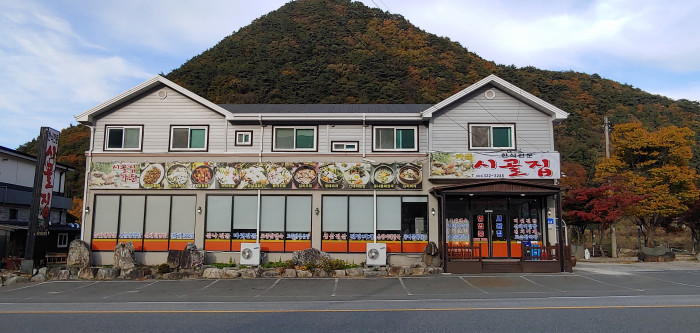
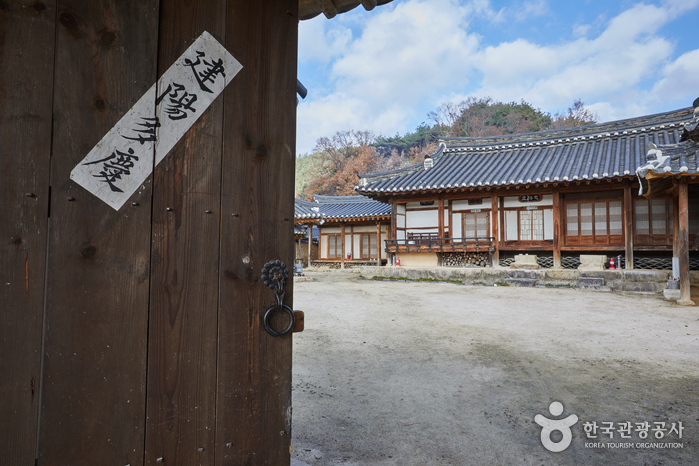
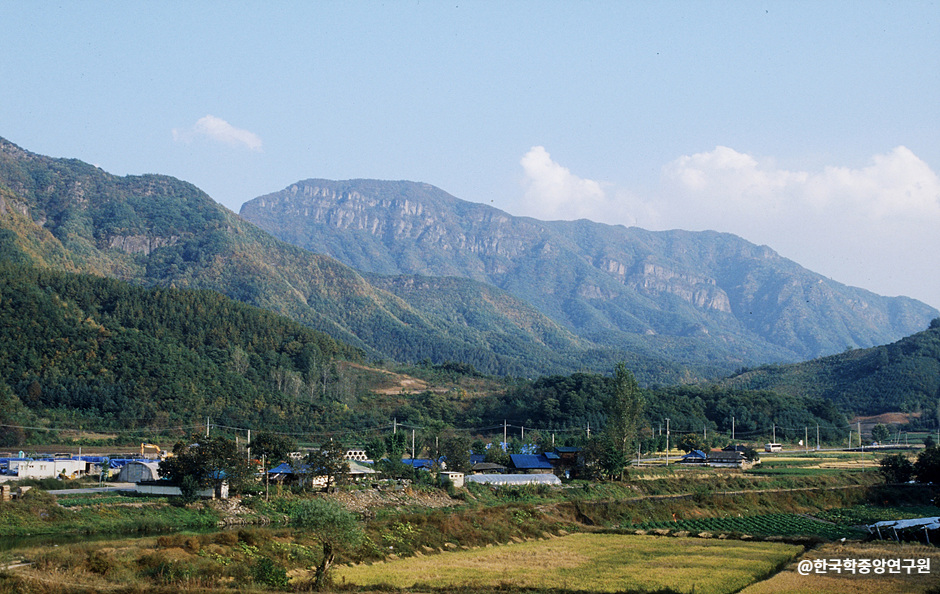
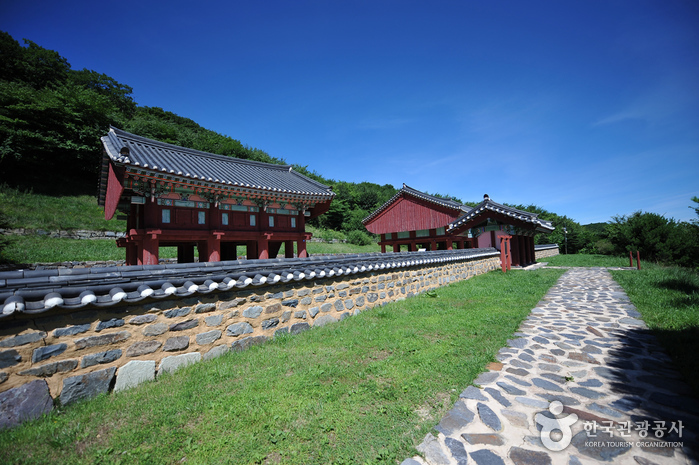
 English
English
 한국어
한국어 日本語
日本語 中文(简体)
中文(简体) Deutsch
Deutsch Français
Français Español
Español Русский
Русский